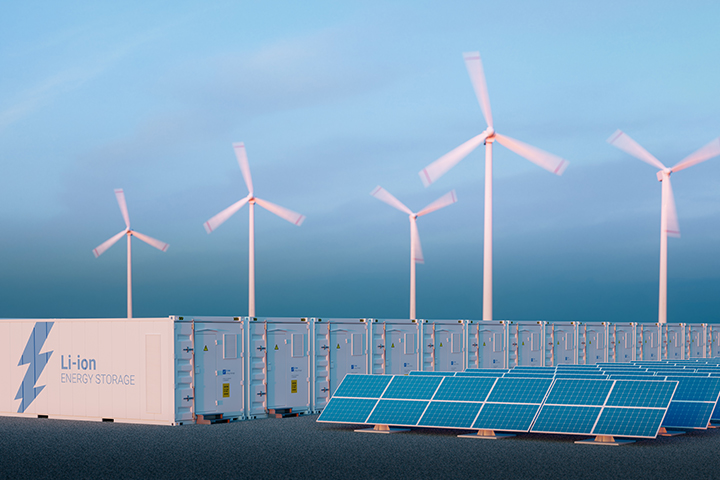Electricity Storage Systems (ESS) are quickly emerging as the most dynamic sector in the global energy business. A medium-to-large ESS (>10 MW) could embody millions or even tens of millions of dollars, with a significant portion coming from the batteries themselves. However, similar to all rechargeable batteries, large-scale energy storage systems are impacted by battery decay, leading to reduced capacity with charge-discharge cycles, resulting in the accelerated devaluation of these capital-intensive resources.
While small personal gadgets can be readily exchanged every three years, regular replacement of ESS is not economically viable. Suppliers and owners of ESS can utilize guarantees on battery performance, like a 10-year, 50 MWh performance assurance. To fulfill these warranty commitments, suppliers utilize tactics such as oversizing (preinstalling additional batteries) or supplementing (incorporating new batteries with existing ones). Rich data is essential for effectively implementing these strategies, cutting costs for suppliers, and safeguarding profits for owners.
Information Oversight: Crucial Element in Long-Term ESS Operation
The collection and analysis of battery performance information are vital to adequately support warranty agreements for both owners and suppliers. ESS system suppliers typically prepare guidelines for battery usage, detailing specific parameters for operational temperatures and state of charge (SoC). Whenever a warranty claim is lodged, owners need to provide data as evidence. The supplier guidelines allow the owner to demand payment or substitution if battery performance falls below expectations, contingent on data confirming appropriate management of the charge and discharge protocols.
Moreover, data acts as the most critical tool for ESS system suppliers to evaluate battery health. Utilizing big data analysis enables proactive maintenance and reduces the risk of breakdowns. The state of health (SoH) metrics for batteries can influence business decisions, with battery units falling outside warranty scope once their SoH deteriorates to 60%-65%. Due to the vital role of data in contractual obligations, ESS companies must ensure reliable collection, storage, and transmission.
Enhancing ESS Data Transfer and Preservation
Information is essential for evaluating the performance of substantial investments, yet there isn’t a single method for transmission and conservation. Nevertheless, by leveraging Moxa’s vast expertise in supporting large-scale ESS owners and suppliers, we propose two primary strategies for data retention and transfer:
- Embed resilience into facilities: Large ESS sites are frequently located in isolated or coastal areas, exposed to environmental wear factors like salt erosion. Apart from opting for resilient equipment with broad operating temperature ranges and high mean time between failures (MTBF), it’s essential to select devices that can endure the field conditions of the deployment zone. This might involve anti-electromagnetic interference fiber optics or anti-corrosive coatings. These steps will preserve the stability and integrity of transmitted information.
- Incorporate redundancy into systems: In capricious remote locations, it is crucial to prepare for scenarios such as erratic power supply or unexpected blackouts. Choose equipment with dual power inputs or double power backup designs. For expansive ESS facilities, contemplate network redundancy functionalities, like dual network backup (LAN-A/LAN-B network) or ring network topology with rapid disconnection backup. This guarantees swift activation of backup networks during network aberrations, minimizing data loss. Personalize network architectures to satisfy each site’s specific demands for data transmission stability to balance cost-efficiency and avoid significant losses.
As our society embraces renewable resources, ESS systems for grid resilience and energy enhancement become increasingly vital. Mastery over data compilation, transmission, and administration is poised to emerge as a key driving force, enabling governments, investors, and suppliers to propel significant, enduring investments and hasten the transition towards sustainable energy.
For additional details, please explore the Moxa’s Battery Energy Storage System Portal.
- Not Only for Automobiles: Discovering CANbus Technology in Various Industrial Settings - October 29, 2024
- Boost Your Network Performance: An Exciting Manual to PoE Switches! - September 10, 2024
- Understanding Gigabit Switches: Industrial vs Regular Gigabit - September 4, 2024


